Four Top Designers Share How They Keep Homes Organized Without Sacrificing Style
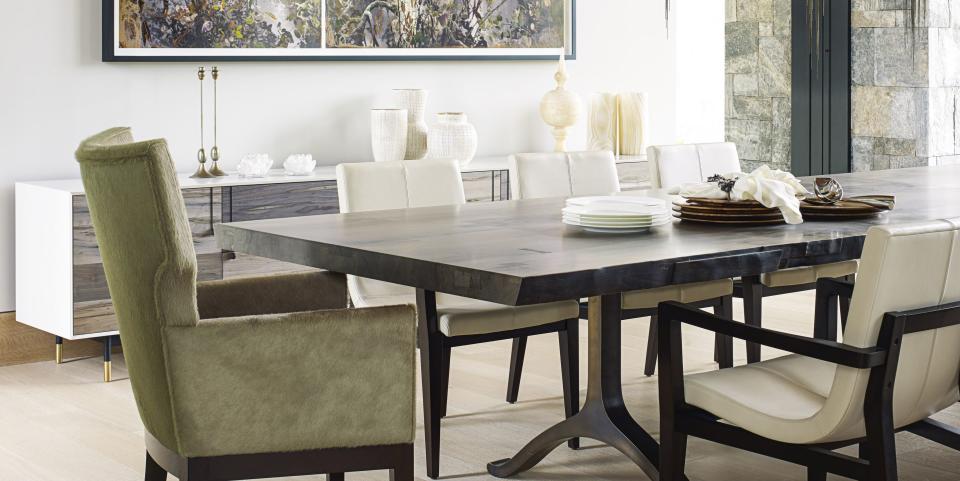
Call it the Marie Kondo effect or post-pandemic purging, but it seems everyone is mad about organizing right now. Editorial Director Joanna Saltz chats with four designers about finding solutions that actually improve your quality of life (and your mood).
Jo Saltz: We are seeing so much demand at House Beautiful for organization content. My theory is that in times of chaos, people want something they can control; they want to make neatness out of the chaos. Is that something you're seeing, an increase in demand for really well-organized spaces?
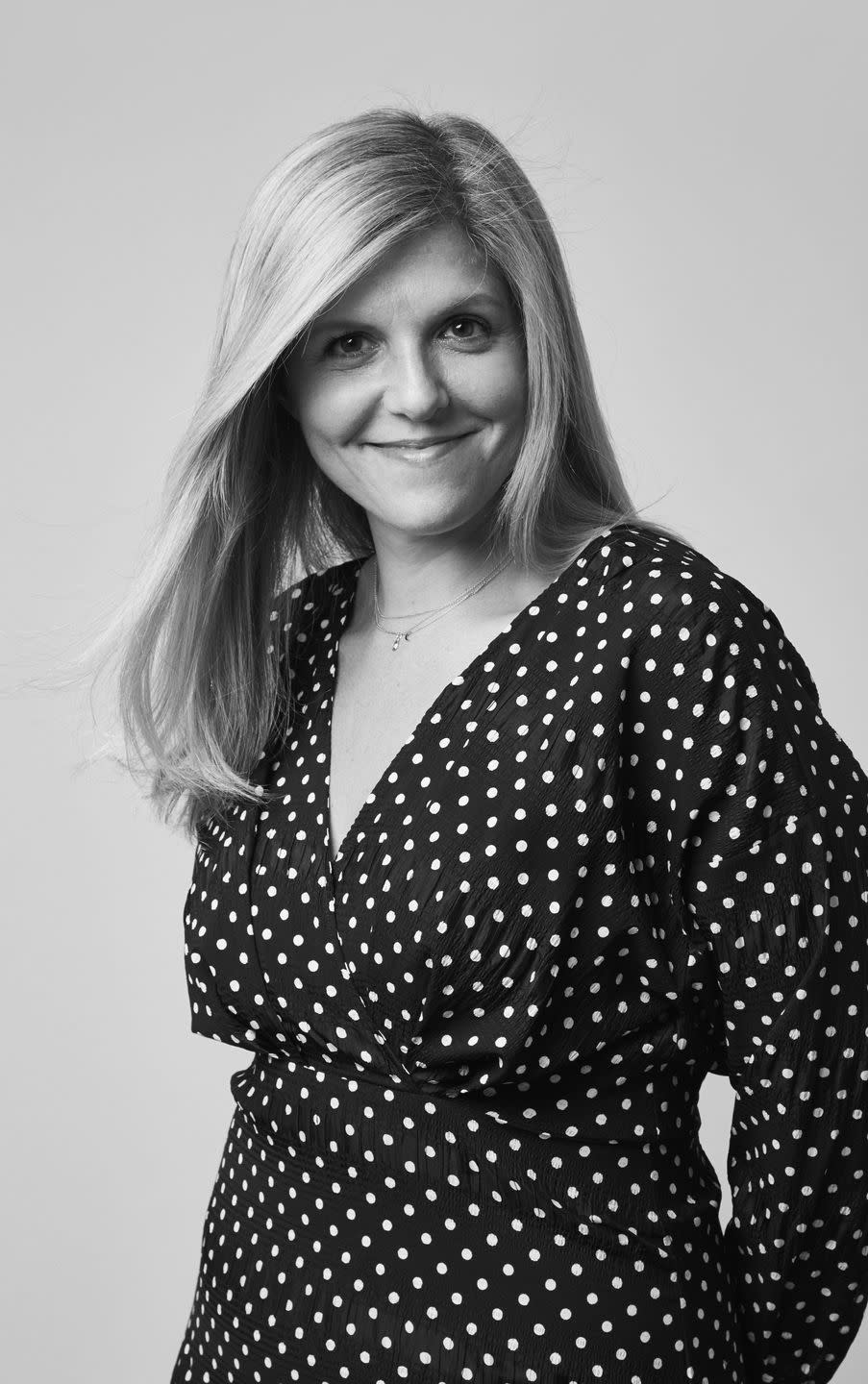
Dee Murphy: I'm definitely seeing that with my clients. With more people at home over the past year, it creates that chaos, and I think people want to find a place for everything or else it just keeps adding to the chaos. So whether it's organizing drawers and doing the Marie Kondo edit, or structuring spaces with custom storage, it's making it not feel like an absolute mess. I know for me with my kids at home and desks in my dining room and living room and things appearing everywhere, we just need to rein it in a bit.
Jean Stoffer: From a kitchen perspective, people are using their kitchens more than they ever had because they're cooking more from home than they ever had. So they're realizing they need new little pieces of equipment and new tools and new pots and pans. And so that means, how do we organize all this in a way that they can be efficient with cooking and know exactly where everything goes?
Jo: Definitely. Beyond the kitchen, what are the other rooms you're seeing people get into organizing?
Purvi Padia: Well one thing is that rooms are really being used multi-functionally now. So people want the living room to function as an office during the day and as a living during the night but they don't want to have to spend two hours in the morning and two hours every evening transforming it from one to the other. So one thing we're looking at a lot is pieces that can easily be transformed—say, a coffee table that has a hidden spot underneath for school books [in the Padia-designed dining room at top, a sideboard can hide servingware and school supplies in equal measure]. That way, with everyone working from home, all the rooms can be up for grabs.
Byron Risdon: The same thing goes for the home office too. People are thinking, "how can I keep my guest room, but also use it as my office?" Or my dining room? And especially when we're on Zoom all the time, you want your background to look nice!

Jean: Yes! We have noticed, for people where maybe their den is going to be their workspace and we ask them their priorities for that space, oftentimes Zoom background was one of them.
Byron: I literally had a client ask me, "can you just work on this shelf behind me?" It's become an important thing, to have the background look nice!
Dee: Not to be snarky, but I know all of you probably saw, especially in the beginning of the pandemic, some people's homes in the background and you were like, "oh no!"
Byron: Yes, I'd always think that with news anchors! Like, you're on here for hours, you probably should spruce it up a little!
Jo: Oh, yes. That brings me to my next point which is, I'm sure with your clients there are lots of needs that are really specific. How do you work through those?

Jean: Well I actually feel like it used to be so complicated what people's needs were, with all their files and different types of tech equipment and a fax machine and a copier—now I feel like it's so simple. It's "I just need a place for my laptop!"
Jo: That's such a good point—I'm sure media rooms have gotten much simpler now that you just have Bluetooth!
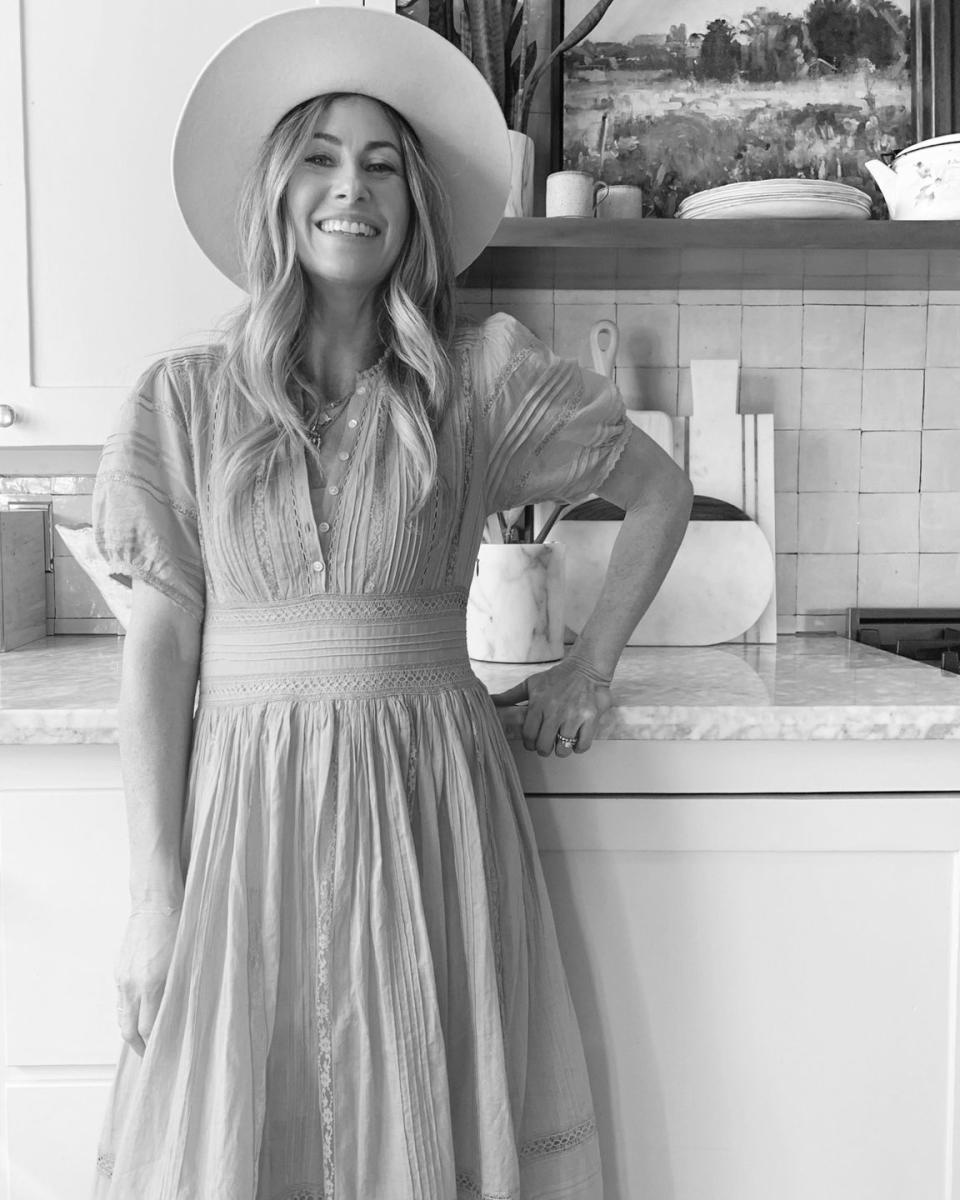
Dee: But with the kitchen I feel like it's the opposite: We've got the espresso machine and we're now a barista and we have the blender, the waffle iron—in that case we're finding there's a lot more stuff.
Purvi: I would say the same for children's spaces; when kids aren't out of the house as much, your home is where they're playing, learning, doing everything, and so there's a lot more stuff. I have two kids who have been home and they don't go to art class anymore, they make slime in the playroom; they play soccer in the backyard—they need all the equipment for that. So I think from an office standpoint there's less, but from a lifestyle standpoint it can get kind of crazy sometimes.
Jo: Purvi, I think the money is in good slime storage!
Purvi: I actually have a good slime solution: I made this custom slime storage and literally for every person who has a child from the ages of six to 12 I have it in their playroom because you need all this junk to make slime with and I was like, "I can't do this anymore!"

Jo: That's amazing. Ok, we need a slime storage solution story. So not to necessarily piggyback off of slime, but I think a lot of what we're talking about is function, and I know a lot of you have mentioned efficiency and ease, but at the end of the day people still want beautiful. So what do you do to make sure your storage is still gorgeous?
Jean: Well, with our cabinet line we've made several interior storage solutions into the cabinets and drawers and those are not inexpensive, but they are luxuriously wonderful and they really do improve quality of life. One of the biggest things people love are these angled lid storage drawers, so you can fit all your lids and see them all at once instead of having them in a stack.
Jo: It used to be that storage meant those wire racks; now, there are beautiful oak slots or all these other means to store things.

Byron: I feel like I'm doing more built-ins than ever. The longer people are in their home, they realize they have more things and they need to be stored away and the plastic bins aren't working. But when that's not an option, we just try to simplify with floating shelves with baskets, which at least cleans things up a little and makes it look prettier. And you can dress those up on a shelf with some books or decorative objects and make it look as though it was more intentional.
Purvi: I think another challenge has been that if you can find the gorgeous built in thing that's great, but sometimes it's about finding pretty solutions that are off the rack and in stock and that you can move around to make work.
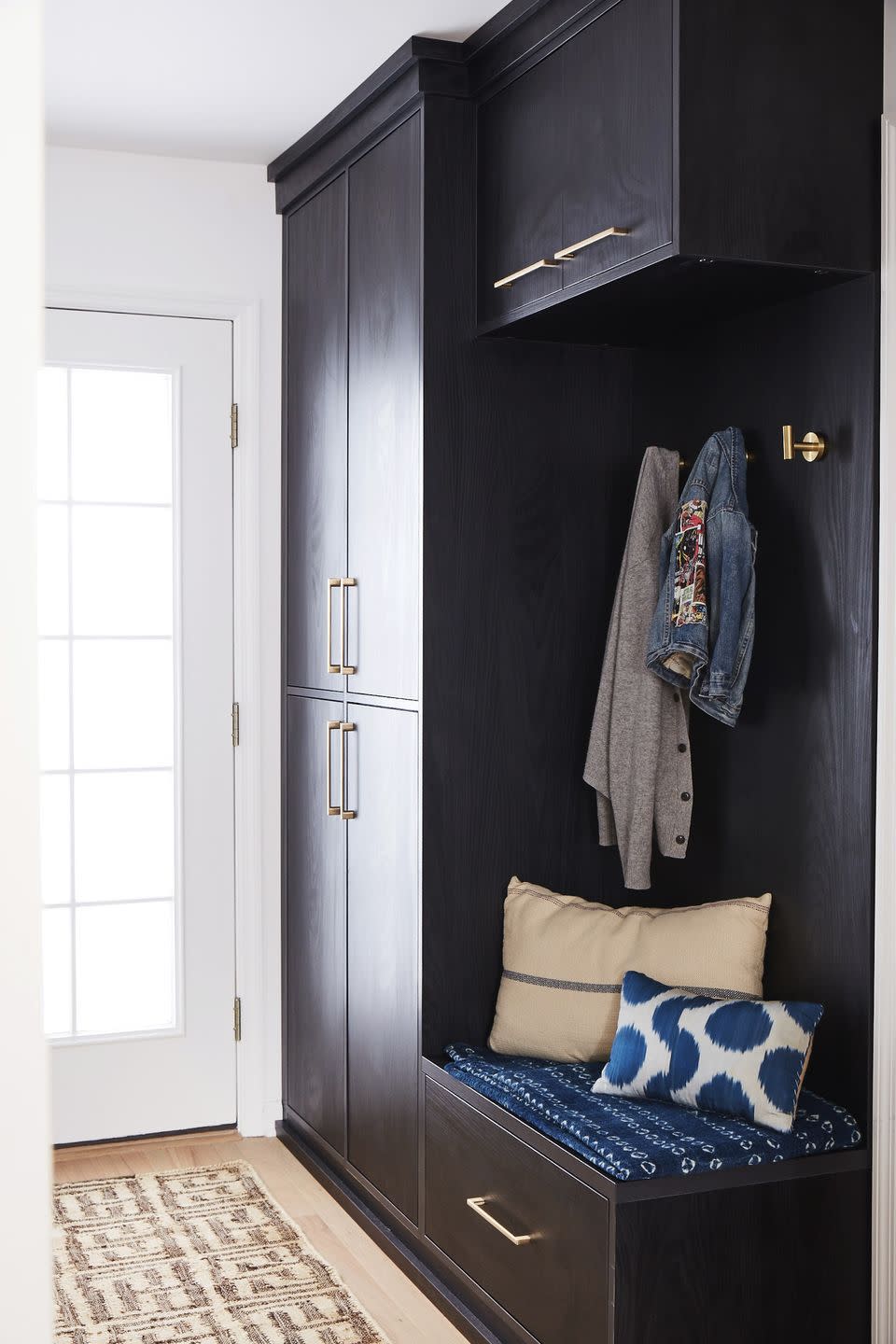
Byron: Nothing is in stock these days—I should be weaving the baskets myself over here to get them in time!
Jo: Okay so my last question: What do you think is the biggest trend in organization right now, or what are you seeing the most of in your work?
Dee: Well, closets have always been a big deal but I feel like now more than ever, people are just wanting to up the ante and just go ahead and spend that money to really get their closets done. And I find that clients are really, really wanting a place for shoes. I built a shoe drawer for my own mudroom and I've had so many clients ask for that now, because, just, no matter what, when we tried to do baskets, throw shoes in it just never works—it ends up tumbling out and looking kind of messy, and so they're asking for pullout drawers with shoes that they can stack in and push and put away.
Byron: I think the whole Marie Kondo idea of purging and throwing away is really sparking a lot of these new projects; people are cleaning and then they realize, "I should go ahead and work on this closet, or redo this pantry." People want to purge and that becomes the conduit to doing some sort of renovation.
Jo: What you're left with you want to really take care of.
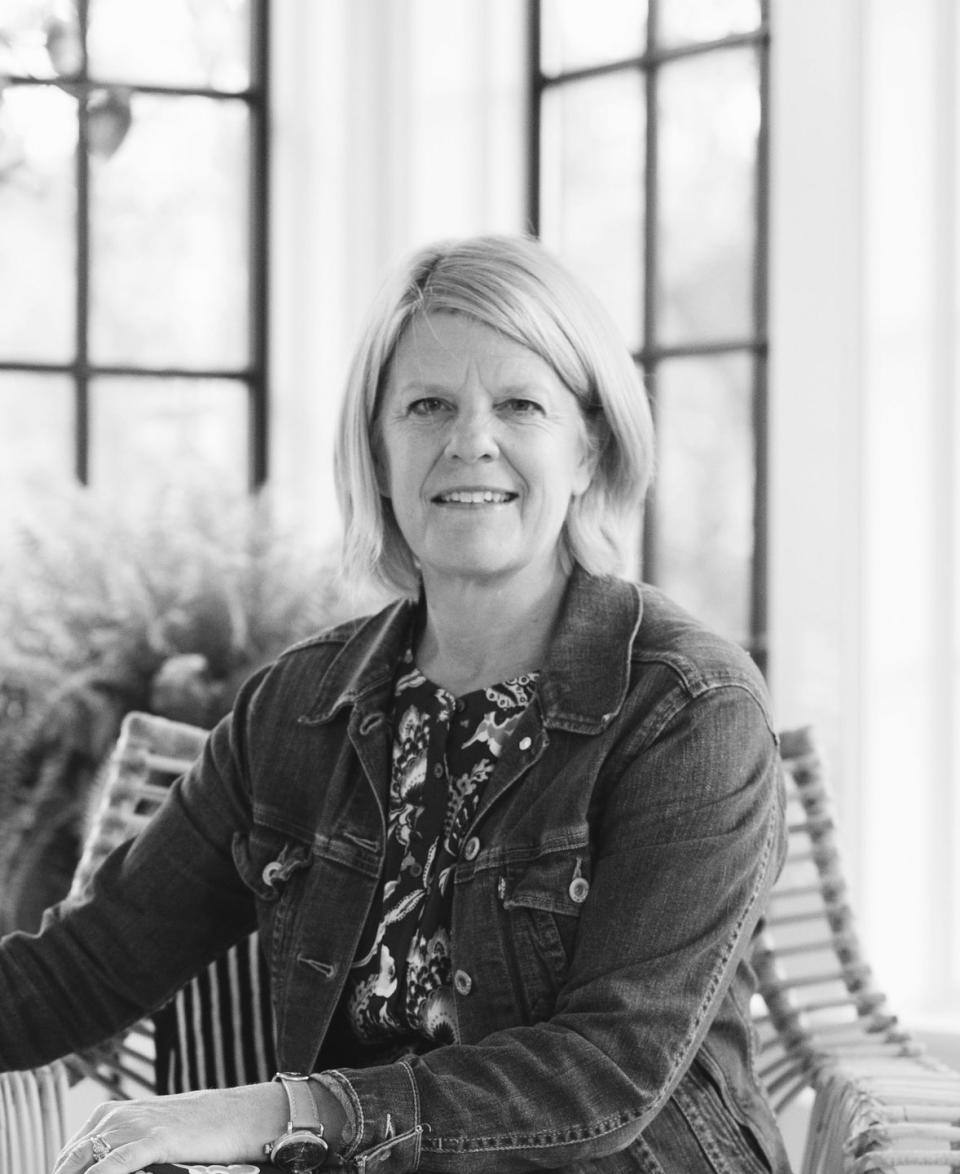
Purvi: One thing that I've really seen shift is that in the past people have always wanted really functional pantries that fit a lot, but over the last year it's been all about beautiful pantries. I don't know if it's because people are spending more time in the kitchen and more time in their pantry, but now it's: "It needs to be functional, but I want everything to look gorgeous." I've never spent so much time organizing glass jars and getting the right baskets and doing a pretty label maker and all of that kind of stuff.
Jo: That's fascinating. Like well-merchandised.
Jean: Well I could talk about the back kitchen, which I think is a big deal; and kind of similar to what Purvi was talking about. But then there's also the mudroom.
Jo: Yes, I feel like the mudroom has become huge.
Jean: You know, especially in climates where there's a lot of outerwear for so many months of the year, there really has to be great storage for boots that have snow on them, coats that have snow or rain on them, hats, mittens, sports equipment for kids. You know, maybe the grill equipment in the mudroom. It services so many needs, and it needs to work hard. We are doing a combination of cabinet interiors and open cubbies, closed storage, just because of all of the stuff to store.
Jo: All of those are such great points. I do think that really they all are so well connected in just making your family's life more livable. Whether it's you're getting dressed in the morning and you want to know where your beautiful shoes are—I mean I haven't been put on a nice pair of shoes in a really long time so I can't really relate—but you know, whether you're taking care of yourself by getting dressed, all the way to just when you're getting food out of your pantry, it really is about self preservation.
Byron: Having an organized space and knowing where things are and being able to access them; just making making that easier for yourself really does affect your quality of life.
Follow House Beautiful on Instagram.
You Might Also Like

